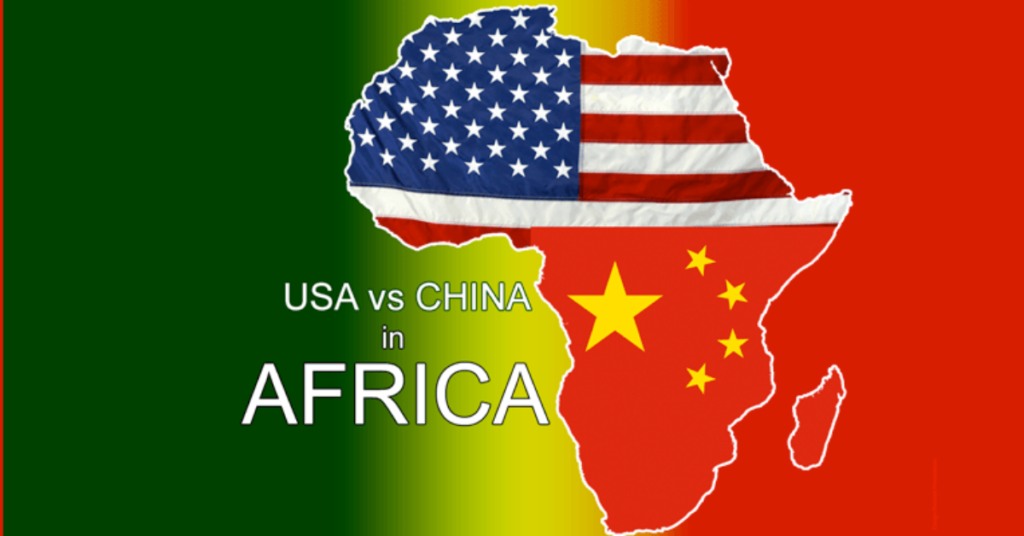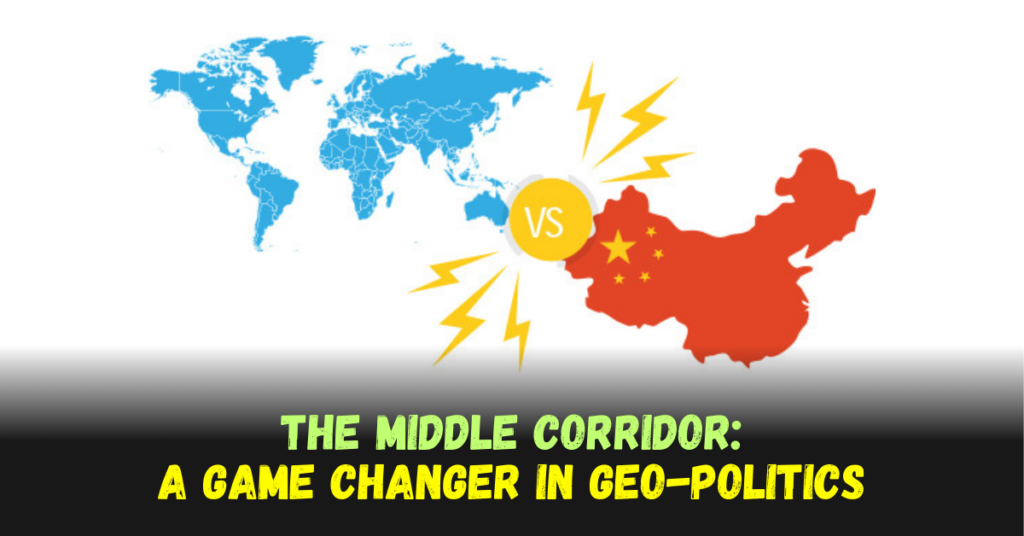This article dives deep into the intricacies of the International Monetary Fund IMF recent decision to grant Pakistan its 24th bailout loan package. We’ll explore the historical context of this relationship, unpack the reasons behind Pakistan’s chronic loan dependency, dissect the conditions attached to this latest agreement, and analyze the potential consequences for the nation’s already fragile economy. We’ll also delve into the ongoing debate regarding the effectiveness of IMF interventions and explore alternative solutions to Pakistan’s economic woes.
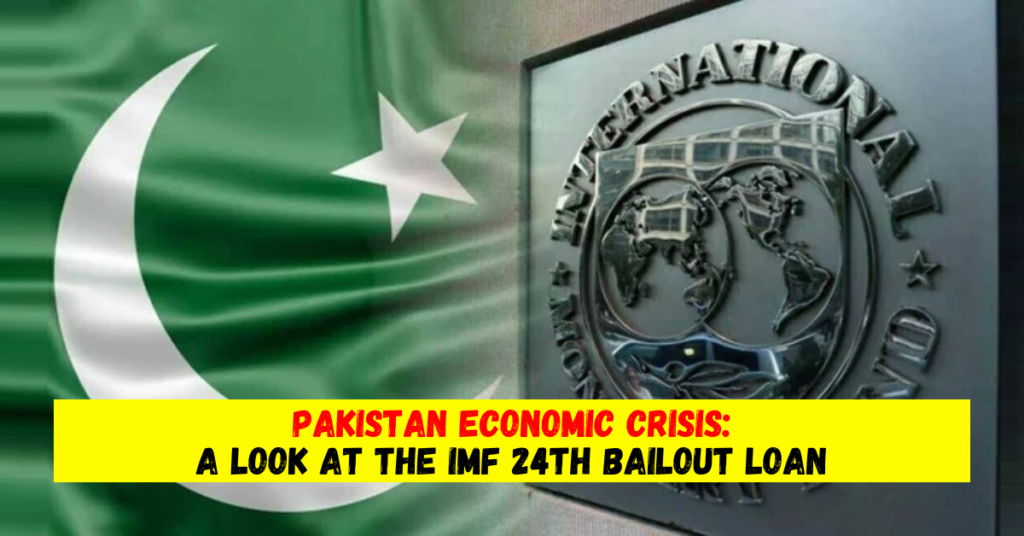
Pakistan – A Habitual Borrower: A Historical Perspective
Pakistan’s reliance on IMF loans isn’t a recent phenomenon. Since its independence in 1947, the country has approached the IMF for financial assistance on numerous occasions. This dependence can be attributed to several factors that have plagued Pakistan’s economic landscape for decades.
- Narrow Tax Base: A significant portion of Pakistan’s economy operates in the informal sector, escaping taxation. This means the government struggles to generate sufficient revenue to meet its financial obligations. Sectors like agriculture and real estate, with significant economic activity, often benefit from lower tax rates or exemptions, further constricting the tax base.
- High Levels of Public Debt: Years of borrowing and accumulating interest have led to a massive national debt burden. This debt servicing consumes a significant portion of government spending, leaving fewer resources for critical areas like infrastructure development, healthcare, and education.
- Persistent BOP Risk: Balance of Payment (BOP) refers to the difference between a country’s foreign currency inflows and outflows. Pakistan often faces a BOP deficit, meaning it spends more foreign currency than it earns. This creates an imbalance that can lead to currency devaluation and difficulty importing essential goods.
These factors create a vicious cycle. Pakistan borrows to manage its immediate financial needs but struggles to repay its debts due to underlying economic weaknesses. This, in turn, necessitates further borrowing to stay afloat, perpetuating the cycle.
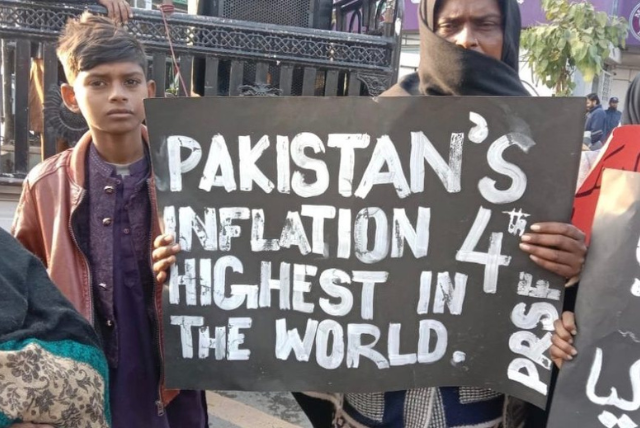
The 24th IMF Bailout: A Closer Examination
The IMF’s latest loan package for Pakistan is a Stand-By Arrangement (SBA) worth approximately USD 1.1 billion. This type of loan is typically short-term (3-5 years) and comes with stricter conditions compared to long-term arrangements.
Here’s a breakdown of some key aspects of this specific bailout:
- High-Interest Rates: The IMF has expressed concerns about Pakistan’s creditworthiness, reflected in the high-interest rates attached to this loan. This means a significant portion of the loan amount will be used to service the debt, leaving less for actual economic development.
- SDRs and Exceeding the Quota: An intriguing aspect of this bailout is the IMF’s decision to extend credit beyond Pakistan’s quota within the Special Drawing Rights (SDR) system. SDRs are essentially reserve assets created by the IMF, acting as a supplement to traditional foreign currencies. While this provides much-needed immediate relief, it also saddles Pakistan with additional debt and interest burdens, further complicating its financial situation.
See More: Princess of Wales Kate Middleton Reveals Cancer Diagnosis, Receives Global Support
Conditions for Release: A Balancing Act
As with all IMF loans, the release of funds is contingent on Pakistan meeting specific economic reform measures. These reforms are designed to address the structural deficiencies contributing to Pakistan’s economic woes. However, implementing them often presents a delicate balancing act:
- Tax Base Expansion: One crucial reform involves increasing the tax base by bringing under-taxed sectors like agriculture and real estate into the formal tax bracket. This would generate much-needed revenue for the government but could face resistance from powerful lobbies representing these sectors.
- Subsidy Reduction: The IMF might also recommend reducing government subsidies on essential commodities like fuel and electricity. While this can help control budget deficits, it can also lead to price hikes, further burdening low-income households.
- Fiscal Consolidation: Implementing stricter fiscal policies to control inflation is another potential reform measure. However, this might dampen economic growth in the short term.
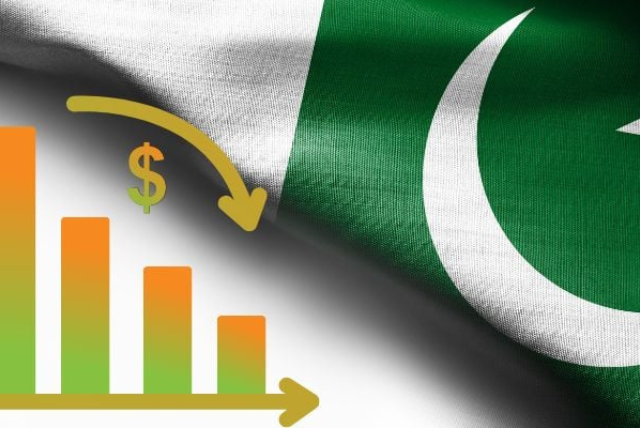
The Road Ahead: Challenges and Concerns
While the IMF loan offers temporary respite, it’s crucial to address the underlying structural issues plaguing Pakistan’s economy. Implementing the IMF’s reform measures, while necessary, will likely have ripple effects:
- Inflationary Pressures: The adjustments required to meet IMF conditions, such as tax increases and subsidy reductions, could trigger a rise in the inflation rate. This can erode purchasing power and disproportionately impact the most vulnerable segments of society.
- Commitment to Reforms: There are lingering concerns about Pakistan’s commitment to long-term economic reforms. Critics point to past instances where previous loan agreements haven’t translated into lasting changes. Some analysts suggest the loan funds might be diverted for purposes outside of economic development, hindering long-term progress.
- Political Corruption: Endemic political corruption is another significant hurdle. A lack of transparency and accountability can siphon off resources meant for development projects, further undermining economic growth. Addressing corruption requires not just policy changes but also a genuine commitment from the political establishment.
See More: Niger Crisis: A Crossroads of Geopolitics, Resources and Aspiration
Alternative Solutions: Beyond Bailouts
The efficacy of IMF interventions is a subject of ongoing debate. Some argue that the conditions attached to loans often prioritize austerity measures over long-term growth strategies. Additionally, there’s concern that these interventions create a culture of dependence, hindering a nation’s ability to develop a robust, self-reliant economy.
Here are some alternative solutions that could be explored alongside IMF assistance:
- Diversification of Exports: Pakistan’s export base is heavily reliant on textiles and garments. Encouraging diversification into high-value sectors like technology and manufacturing can generate more foreign currency inflows, improving Pakistan’s BOP position.
- Foreign Direct Investment (FDI): Attracting foreign investment can bring much-needed capital and expertise into the Pakistani economy. Creating a more investor-friendly environment through regulatory reforms and political stability can incentivize FDI.
- Infrastructure Development: Investing in infrastructure projects like transportation networks and power generation can stimulate economic activity and attract further investment. This can create a virtuous cycle of growth and development.
- Education and Skills Development: Equipping the workforce with relevant skills can increase productivity and make Pakistan more competitive in the global marketplace. Investing in education and training programs can help achieve this goal.
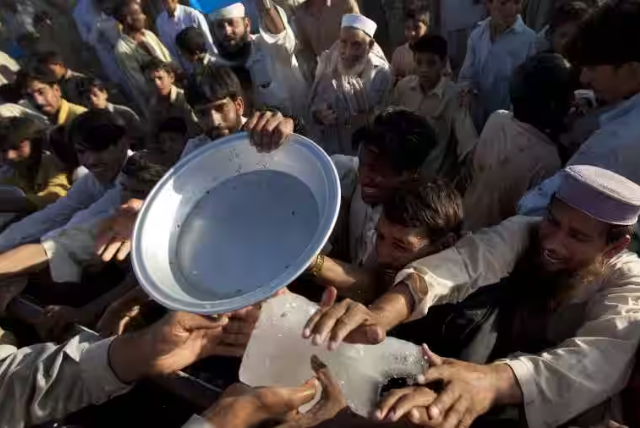
Conclusion: A Crossroads for Pakistan
The IMF’s 24th bailout for Pakistan presents both an opportunity and a challenge. While the loan provides immediate financial relief, it fails to address the root causes of Pakistan’s economic woes. The success of this bailout hinges on Pakistan’s genuine commitment to implementing sustainable economic reforms and prioritizing the well-being of its citizens.
Furthermore, exploring alternative solutions alongside IMF assistance can help Pakistan break free from the cycle of dependence and achieve long-term economic stability and prosperity. Only through a multi-pronged approach that tackles corruption, diversifies the economy, and invests in its people can Pakistan truly unlock its economic potential.
Thanks for Visiting Us In Focus!
For DMCA complaints, please visit our DMCA Form / Report Content
Follow us on other platforms as follows:
Facebook – https://www.facebook.com/usinfocus
X (formerly Twitter) – https://twitter.com/usinfocusdotcom

